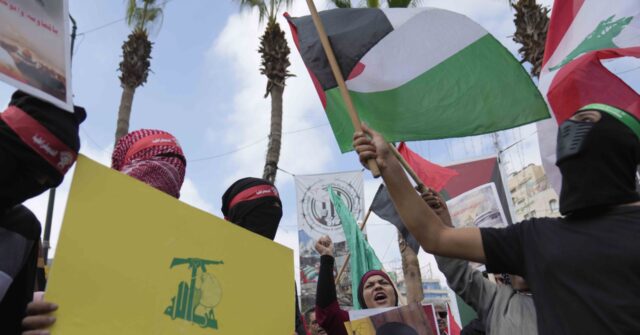The conflict in the Middle East significantly escalated on October 7, 2023, when Hamas, an Iran-backed terrorist organization, initiated a violent offensive that continues to unfold. The group presently holds 101 Israeli hostages while simultaneously expressing its interest in a ceasefire agreement. This development comes in the wake of Hezbollah’s involvement, another Iranian-affiliated group located in Lebanon, which began its own military actions against Israel on October 8, ostensibly in solidarity with Hamas. Historically, Hezbollah had pledged not to agree to any ceasefire terms unless the Israel Defense Forces (IDF) withdrew from Gaza. However, due to the increasing toll of casualties it suffered from the IDF’s intensified operations since September, Hezbollah opted to pursue a separate ceasefire agreement.
The Jerusalem Post reported that Hamas has communicated its willingness to establish a truce within the Gaza Strip after Israel and Hezbollah reached an agreement. A Hamas official disclosed that the group has relayed its readiness for a ceasefire, emphasizing a serious desire to negotiate a prisoner swap. This communication was part of discussions involving mediator countries like Egypt, Qatar, and Turkey, who have historically played pivotal roles in brokering peace and facilitating dialogue in the region. However, tensions remain high as the Hamas official accused Israel of thwarting progress toward a ceasefire, suggesting that the path to peace is fraught with obstacles and distrust.
Moreover, Hamas has made it clear that it does not accept any ceasefire proposals that would permit the IDF to resume or continue its operations against them in Gaza. This rejection raises complications in mediation efforts, especially in comparison to a previous negotiation where Hamas declined a deal involving the release of hostages in exchange for safe passage for its leadership out of Gaza. Such decisions reflect Hamas’s strategic choices and highlight its ongoing commitment to its military objectives despite the potential diplomatic avenues available. This inflexibility might stem from a broader strategy aimed at reinforcing its political positioning and consolidating power in the region.
The dynamics of the conflict are compounded by the wider geopolitical implications of Iran’s backing of both Hamas and Hezbollah. Iran’s influence has deepened sectarian divides and fueled hostilities, contributing to a challenging environment for any potential ceasefire or peace agreement. Analysts argue that the entanglement of various militant groups, state actors, and external powers complicates the situation further, making it difficult to achieve a lasting resolution. The involvement of regional players like Egypt and Qatar as mediators may offer a sliver of hope; however, the effectiveness of these negotiations is contingent upon the willingness of all parties to compromise.
The media landscape surrounding these events plays a critical role in shaping public perception and international responses. Figures like Joel B. Pollak, a prominent journalist and commentator, shed light on these complex issues. His insights, available through various platforms, provide a deeper understanding of the implications of the ongoing conflict. Discussions around media narratives often focus on the portrayal of both Hamas and Israel, influencing the discourse around humanitarian needs, military strategies, and political objectives. The framing of these topics can affect policy decisions both regionally and internationally, impacting the prospect of peace initiatives.
In conclusion, as the situation remains fluid and uncertain, the conflicts instigated by Hamas and the subsequent responses from Israel and Hezbollah demonstrate the intricate interplay of military aggression, political objectives, and geopolitical strategies in the region. The calls for a ceasefire amid ongoing hostilities highlight the urgent need for dialogue, while the refusal to compromise on both sides underscores the deep-seated animosities and strategic calculations that characterize this protracted conflict. The resolution of this crisis seems unlikely without meaningful engagement from all parties involved, as well as a concerted effort from external mediators to foster a sustainable peace framework.

